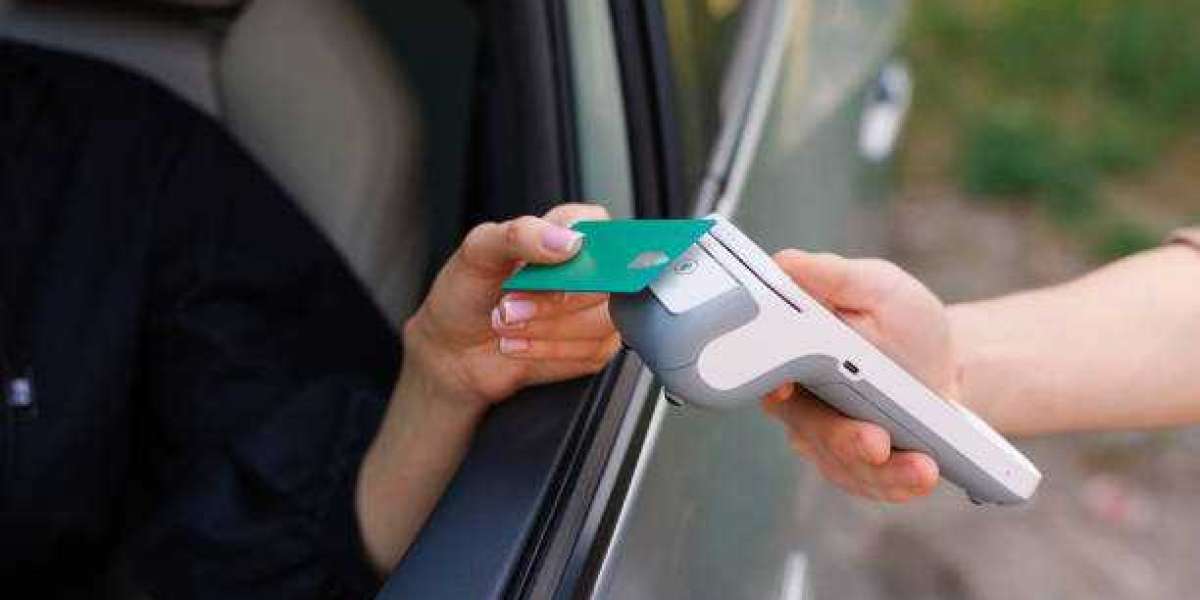1. Introduction
In the fast-paced world of networking and professional connections, digital business cards have become an essential tool. Gone are the days of carrying stacks of paper cards; today, you can share your professional details with a simple click or scan. But what file formats are digital business cards available in? This guide will explore the most popular formats, their advantages, and how to choose the best one for your needs.
2. Why Choose Digital Business Cards?
Digital business cards offer several advantages over traditional paper cards. Here’s why they’ve become so popular:
- Convenience: Easily shareable via email, messaging apps, or QR codes.
- Cost-Effective: No need for printing costs.
- Eco-Friendly: Reduces paper waste and promotes sustainability.
- Customizable: Easily updated with new information or designs.
- Interactive: Can include clickable links, videos, and more.
As you embrace this modern networking tool, it’s essential to understand the file formats in which digital business cards are available and their unique benefits.
3. Common File Formats for Digital Business Cards
Let’s dive into the most common file formats for digital business cards and what makes each unique.
3.1 PDF
The Portable Document Format (PDF) is one of the most widely used formats for digital business cards. Here’s why:
- Universal Compatibility: PDFs can be opened on virtually any device.
- High-Quality Design: Supports rich text, images, and vector graphics.
- Security Features: Can be password-protected to safeguard sensitive information.
- Easy Printing: Can be printed if needed, maintaining layout and design integrity.
While PDFs are highly versatile, they lack interactive features such as clickable links for direct calls or emails.
3.2 VCF (vCard)
vCard (Virtual Contact File) is a specialized format for sharing contact information. It’s commonly used for digital business cards.
- Direct Import: Can be easily imported into address books or contact management systems.
- Interactive: Supports links, phone numbers, and email addresses that users can click directly.
- Compact Size: Lightweight and quick to share via email or messaging apps.
However, vCards are less visually appealing compared to image-based or PDF formats. They prioritize functionality over design.
3.3 PNG and JPEG
Image file formats such as PNG and JPEG are another popular choice for digital business cards.
- Visual Appeal: Allows for creative and visually engaging designs.
- Easy Sharing: Can be shared via messaging apps, social media, or email.
- Flexible Use: PNGs support transparency, making them ideal for overlaying on other designs.
The downside? These formats lack interactive features, and users must manually input the details into their contacts.
3.4 HTML
HTML-based digital business cards are interactive and web-friendly.
- Customizable: Offers dynamic designs with clickable links, videos, and animations.
- Accessible Anywhere: Can be hosted online and accessed via a URL.
- Mobile-Friendly: Easily viewable on smartphones and tablets.
HTML cards require basic technical skills to create and may depend on internet access for sharing and viewing.
3.5 QR Code
While not a traditional file format, QR codes are a popular way to share digital business cards.
- Instant Sharing: Scanning a QR code instantly provides access to your contact details.
- Versatile: Can link to PDFs, HTML pages, or vCards.
- Space-Saving: Minimal design with maximum functionality.
However, QR codes require a compatible scanner app and depend on the linked content’s format.
4. Comparing File Formats: Pros and Cons
File Format | Pros | Cons |
Universal compatibility, High-quality design, Secure | Limited interactivity | |
VCF | Direct import to contacts, Lightweight, Interactive | Minimal visual appeal |
PNG/JPEG | Creative design, Easy sharing | No interactivity, Manual data entry |
HTML | Highly interactive, Mobile-friendly | Requires technical skills, Internet-dependent |
QR Code | Instant sharing, Versatile | Requires scanner app |
5. Choosing the Best Format for Your Needs
When selecting a file format for your digital business card, consider the following factors:
- Purpose: Are you prioritizing visual appeal or functionality?
- Audience: Will your recipients prefer easy importing or engaging designs?
- Sharing Method: Will you be sharing via email, social media, or in person?
- Technical Skills: Do you have the skills to create HTML-based cards or manage QR codes?
For instance, if you’re targeting tech-savvy professionals, an HTML card or QR code might be ideal. For a general audience, a PDF or image format works well.
6. How to Share Digital Business Cards
Once you’ve chosen the right format, sharing your digital business card effectively is crucial. Here are some tips:
Attach your digital business card as a PDF, VCF, or image file. Include a brief introduction and a call to action.
Messaging Apps
Share your card directly as an image or link via WhatsApp, Slack, or similar platforms.
QR Code
Generate a QR code linking to your business card and display it on your website, email signature, or printed materials.
Social Media
Post your business card design as an image or link to a web-based card on platforms like LinkedIn and Instagram.
NFC Technology
For a cutting-edge approach, use Near Field Communication (NFC) tags to share your card with a simple tap.
7. Conclusion
Digital business cards are transforming the way we network, offering convenience, versatility, and eco-friendliness. Whether you choose a PDF, vCard, image format, HTML, or QR code, the right file format depends on your needs and audience. By understanding the strengths and limitations of each format, you can create a professional and impactful digital business card that leaves a lasting impression.
Start exploring these formats today, and make your networking seamless and modern!








